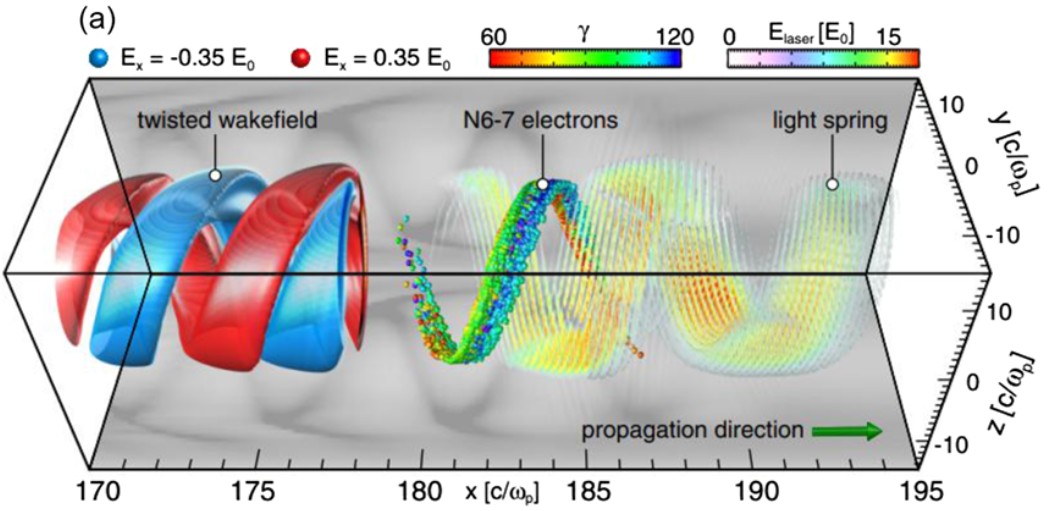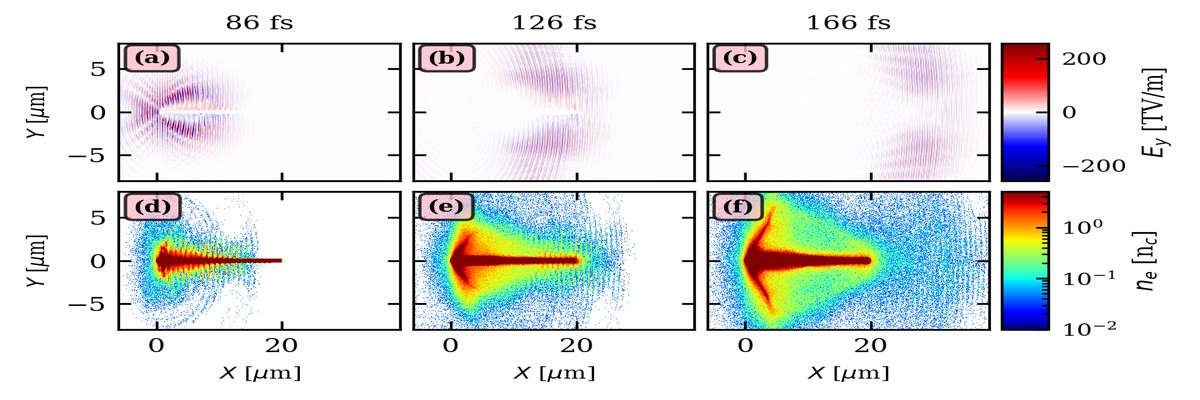M. Piccardo, M. O. Cernaianu, J. Palastro, A. Arefiev, C. Thaury, J. Vieira, D. Froula, V. Malka [ https://opg.optica.org/optica/fulltext.cfm?uri=optica-12-6-732&id=571429 ]
A new international review led by researchers from IST (Portugal), ELI-NP (Romania), the University of Rochester's LLE (USA), UCSD (USA), LOA (France), and WIS (Israel) explores how "structured light" - beams with tailored phase, polarization, or spatiotemporal profiles - can be used at relativistic intensities to control laser-plasma interactions and drive novel secondary sources.
The paper dives into the advanced technologies used to generate these beams, including spiral phase plates, spatial light modulators, metasurfaces, and plasma-based mode converters and the resulting plasma dynamics when such beams produce over-dense, magnetized plasmas. For instance, OAM-carrying pulses impart azimuthal momentum to electrons, creating rotating currents and gigagauss magnetic fields, while vector beams focus fields on axis to enhance absorption and electron confinement.
Through experiments and Particle-in-Cell simulations, the review illustrates how structured laser pulses can generate helical electron distributions, twisted high-harmonic XUV emission, and improved proton-acceleration via ring-shaped intensity profiles. Beyond the science, the review tackles practical challenges: optical damage thresholds, contrast requirements, and the race to develop diagnostics fast enough to keep up. Emerging solutions include adaptive optics and robust components designed to handle multi-PW environments.
Looking ahead, the authors envision new directions, including tunable twisted X-rays, magnetized-plasma jets for laboratory astrophysics, and advanced injection schemes for plasma accelerators.



